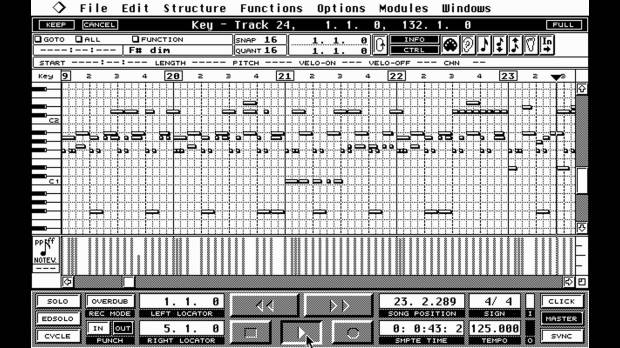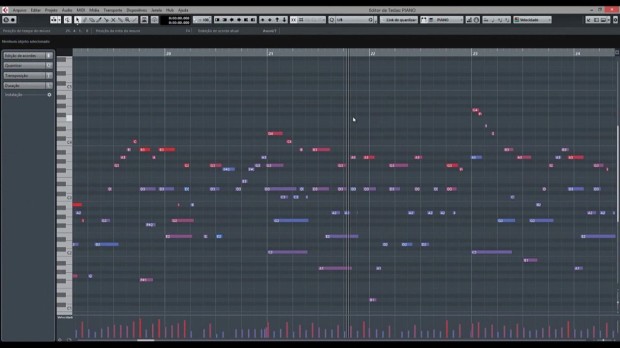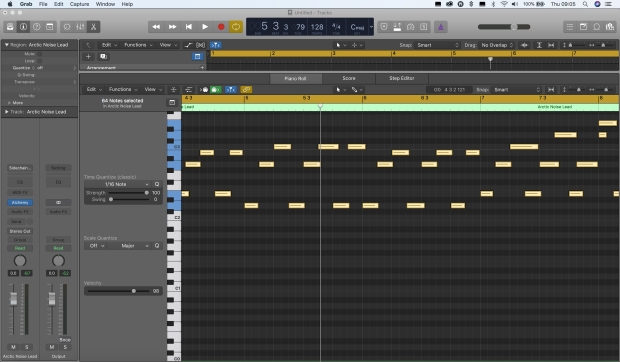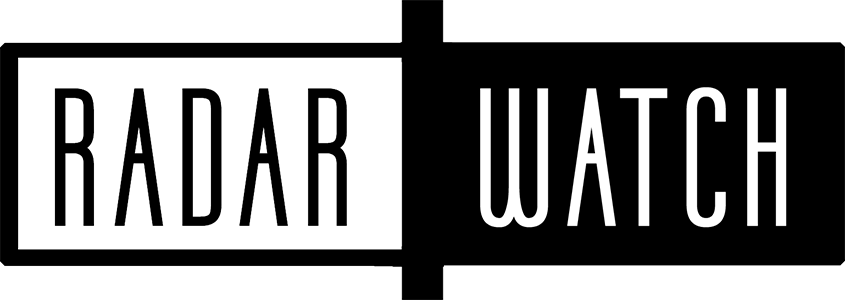Out of the maelstrom of confusion arising from normal life comes the starting point. Born of elements of frustration, divergent views and observation the topic lands with an earsplitting CRACK in my face.
I am often asked “Which DAW do you use?”.
The question troubles me to some degree because the answer is “all of them”. This tends to result in confusion and a certain amount of frustration in the person who asked the question.
I observe that in the music field people seem to – more or less – define themselves by the DAW they use. There are far more people who wear the badge of their DAW with pride than there are those who use lots of them. In fact I think I have yet to come across anyone who uses DAW’s the way I do.
There are distinct characteristics I notice as well. Of course this is all from my own experience and cannot necessarily be said to reflect the way of the world.
Those who use Logic almost invariably introduce an element of apology when they tell me this, a light impression of shame, as if it is something to be slightly ashamed of.
Those who use Cubase seem to ve – if anything – a little more apologetic, though more staunchly loyal to their chosen product. They say things like “I use Cubase and it just completely works for me.”
The ProTools user invariably seems to hide behind the critical mass of the product, indicating by subtle inference that they are SERIOUS because they use a PROPER PRODUCT.
Very few musicians outside of EDM communities seem to find it easy to admit to the us4 of Ableton Live or Bitwig Studio.
Most people don’t use Presonus’s Studio ONE, but this product seems to have the reputation of quality so it is often expressed in the form of “I don’t use studio one but I really want to at some point”.
Statistics indicate to me that very few people use Reason, and, again the market seems to be made up of EDM and ambient electronica musicians. These days very few people in general even seem to know what it is.
On the Windows side of things the product that used to be rather unfortunately called “Fruity Loops” (which always made me imagine it was a collection of audio loops of particularly ‘fruity’ farts) and now called “FL Studio” has a devoted (if smaller audience.
Reaper is the choice of those (often technical) people who swear by its superior design and the overtone of loose ‘open source’ ish, unix enthusiast image.
Some people use Adobe Audition and swear by it (though I fancy try few would admit this in the company of other recording musicians).
I could go on. But you get the idea.
Its a bit like the matter of what car people drive.
Lets face it if you shell out 50 grand on a BMW you will be a BMW fan. We invest time and effort in learning to use and enjoy using the car we own.
But when all is said and done almost all cars today will let you drive to your auntie Vera’s house for Sunday lunch. Almost all cars will let you drop the kids to school in the morning. They all do the basics.
But some cars are better at some things. For example a 4×4 will be better able to function in the thick mud of a rain soaked festival field. A minibus will carry larger numbers of people more comfortably.
A supercharged sportscar will be better able to get involved in high speed pursuit driving or racing.
Etcetera.
Like programming languages, each has its own special features more suited to a particular way of working. The choice is yours.
So I choose them all.
DAW’s started out as ways of replacing tape machines. For quite a significant period of time (before the digital audio components became viable) your DAW (then really an ‘MW’ – MIDI workstation) provided a way to ‘sequence’ your trigger controlled equipment (synths, keyboards, samplers) with the open reel tape that contained your digital audio.
In those days you started a new project by ‘striping’ one track of your tape with timecode. The direct out of this track was then fed into a synchroniser which delivered frame reference data in SMPTE format to the computer, which then was able to to position itself to the correct playback point and be synchronised with the tape.
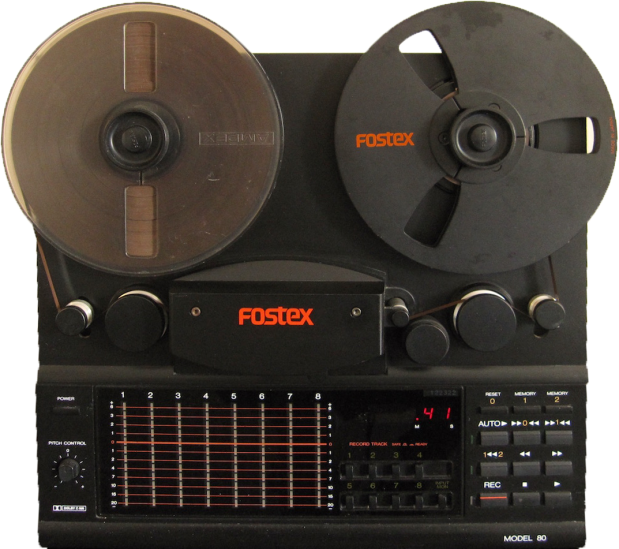
This was therefore true ‘linear’ sequencing. You were obliged to construct your project in the form of a linear chunk of time, starting at the beginning and running to the end. This was of course all that tape could do.
The tape machines had basic features like setting loop regions – you could mark an IN and an OUT point and the tape machine would play between the markers and then rewind to the IN point and play again.
So the grandparents of today’s DAW’s were all designed in this way.
The computer of the time best suited to the music role was the ATARI ST and the main sequencer product created at that time was none other than Steinberg’s Cubase.
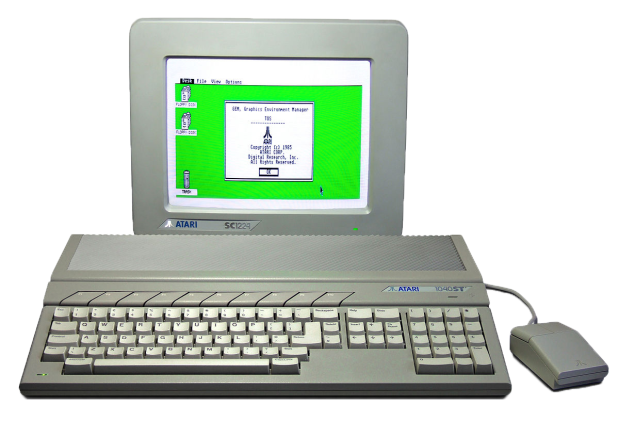
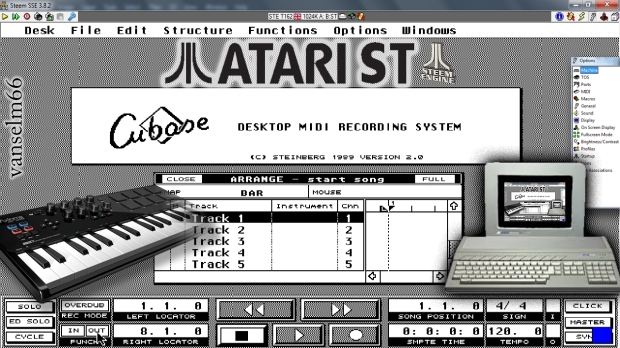
NEXT: Linearity
